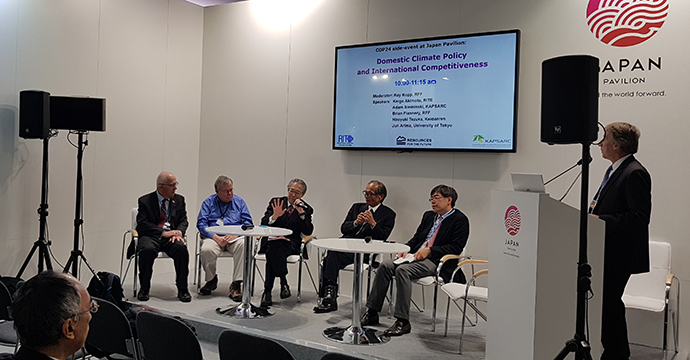钢铁博客:钢铁在其中扮演着什么角色?
很显然,钢铁将在实现《巴黎协定》所设想的减排目标方面发挥关键作用。无论是可再生能源、大众运输、智慧城市还是电气化领域,脱碳都需消耗大量的钢铁。
然而,一个现实问题是,每年16亿吨的钢铁产量也导致二氧化碳的大量排放—估计占全球总排放量的7%到9%。因此,虽然我们是解决方案中的重要一环,但我们也无形中加剧了这一问题,需要在全球减缓气候变化方面竭力发挥自己的作用。
我们的行业经常被形容为“脱碳困难型行业”,原因也不难理解。
碳是将铁矿石转化为金属铁的过程中固有的一部分,而我们的资产使用寿命长,属资本密集型。即使竭尽全力,我们也无法用风车驱动高炉,或立即改用温室气体排放较少的电弧炉生产—因为根本没有足够的废钢来满足钢铁需求。
那么,我们该做些什么?
我们需要做的第一件事是确保我们使用传统技术生产钢铁时,尽量降低温室气体排放量并提高能源利用效率。世界钢铁协会已责成该协会推动先进实践的交流,以确保将最佳实践推广开来。
下一步将是开发和部署突破性技术。世界钢铁协会各成员正在开展各种研发项目,目的是彻底改变我们生产钢铁的方式。
例如,塔塔钢铁(Tata Steel)正在测试HIsarna技术,该技术特别适合与CCS共用;SSAB正在研究将氢用作替代性还还剂;安赛乐米塔尔(ArcelorMittal)正在测试其“Steelanol”CCUS计划,系更广泛的脱碳战略的组成部分。
虽然这些项目在方法上有所不同,但它们确实有一些共同点。成功的大规模部署需要大量获取廉价的清洁氢和无碳电力,若确保CCS发挥作用,还需配置廉价的CO2传输和储存基础设施。
最后,新技术的开发和实施需要钢铁工业的大量投资,也需要与国家和区域政府建立真正的伙伴关系,以分担风险和成本。

您在卡托维茨吗?世界钢铁协会真诚期盼与您交流,请通过worldsteel_andy的twitter号随时联系我们,并在文章下面分享您的意见和建议。

